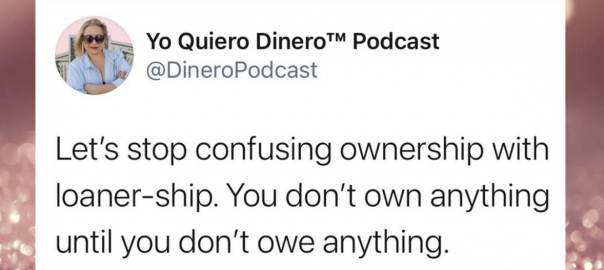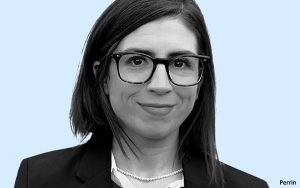Millennials around the world are facing bleak job prospects and a world economy in near shambles from the COVID-19 pandemic. Naturally, the idea of living off investments sounds pretty good right now. Personal finance has long talked about the idea of becoming financially independent, meaning not owing debt and having your investments cover your living expenses. But now there’s a millennial twist on it: retiring early. Put together, you get FIRE (Financial Independence Retire Early).
Once the domain of employees tired of their 9-5 jobs who want to travel more, FIRE is creeping into all sectors of the working world. With more people going into freelancing due to the pandemic – on top of the 55 million+ freelancers that are already out there – it’s high time we had the FIRE conversation from the perspective of freelancing.
What is FIRE (Financial Independence Retire Early)?
FIRE is made up of two core principles: becoming financially independent (FI) and retiring early (RE). It sounds simple, but the community is wildly splintered.
The definition of financial independence is largely accepted as having investments producing enough income to cover your living expenses. That could mean simply survival expenses of food and shelter all the way to living a lavish lifestyle – it all depends on the individual.
The definition of retiring early, however, is wildly up for debate. Personal finance guru Suze Orman says she hates the concept of FIRE for this exact reason. She believes it’s a huge mistake for young people to take themselves out of the workforce during what would be peak earning years. Interestingly, though, many FIRE advocates agree with her.
Take Kristy Shen, aka FIRECracker from Millennial Revolution, a Toronto engineer who FIRE’d along with her husband a few years ago. She was livid that Orman implied FIRE advocates don’t understand compound interest or never want to work again in their lives. On the contrary, the “RE” in FIRE is often understood not as never working, but only working on what you want to. For Kristy, that’s writing. She and her husband wrote Quit Like a Millionaire and have earned hundreds of thousands of dollars writing over the years since FIRE. So much for never working again.
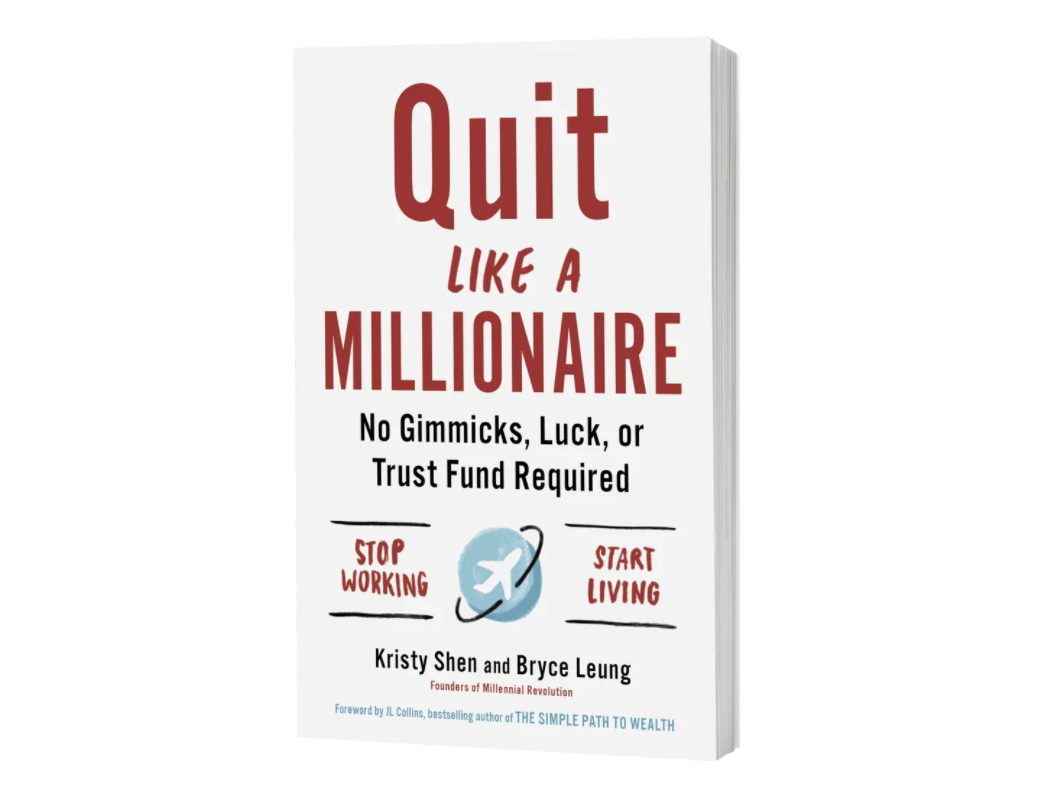
Shen’s bestselling book on how to reach FIRE
The origins of FIRE and the unique road of freelancing
“I realized the traditional rulebook of life: 1) get a job 2) buy a house 3) be loyal to a company and work until you are 65 and 4) retire with a pension, was broken,” said Shen. “Jobs are no longer stable, houses are no longer affordable, and jobs with pensions are rarer than unicorns.”
Brain Groat, a freelancer who hit FIRE at age 25, couldn’t agree more. He sees himself as incredibly risk averse, so FIRE was his way “to make income unnecessary” in his life. Talk about risk reduction.
For others like money expert Jannese Torres-Rodriguez, freelancing is a tool to reach FIRE.
“I work full time and freelance,” she said. “I freelance to pursue my passions (blogging, podcasting, speaking, teaching) and also to build a business so that I can eventually quit my 9-5.”
FIRE was originally developed by people who hated their 9-5 jobs and wanted financial freedom to work on passion projects. So where do freelancers fit into the mix? It gets a bit complicated when you consider that freelancers have inconsistent income and a different tax situation. Those two seemingly small things can change the whole FIRE formula for freelancers, so it’s critical to look at it from that unique angle.
Step 1: Know what kind of FIRE you want
FIRE fundamentally means having enough income from investments that you don’t need income from labor to live. The implied second part is reaching this milestone as early as possible in life, both to benefit from compound interest longer and to enjoy “retirement” for a longer period of time.
Within the financial independence retire early movement, there are three key categories:
- Lean FIRE
- Fat FIRE
- Coast FIRE
Lean FIRE means you cover your essentials with your investments: food, transportation, lodging, and healthcare. That’s it. People who hit this level of FIRE often quit a job they hate but may choose to continue working on passion projects or, as many like Shen have already, become bloggers about their FIRE journey.
Fat FIRE means having enough tucked away for a comfortable lifestyle involving travel, meals out, and more refined lodgings or transportation. What you put into Fat FIRE entirely depends on your lifestyle choices – for some that means vacations, for others it’s a nice car, and for others it’s fancy steak dinners. It’s your choice.
Coast FIRE means you no longer have to actively put money into your investments in order to reach your retirement goals.. For example, if you have $ 300,000 in investments at an annual compound interest rate of 5%, it will hit $ 1,000,000 in 25 years. So if you want to retire at 65, your “Coast FIRE” number and date is $ 300,000 by age 40.
FIRE advocates will often tell you that a huge part of picking your FIRE strategy is also understanding your debt situation. Then, of course, getting out of debt as quickly as possible.
One FIRE journeyer who runs the account ForBetterOrWorth on Instagram, said that’s where his FIRE journey started.
“Our journey to FIRE started with becoming debt free and then figuring out what to do with all that money that used to be debt repayment,” he said.
Step 2: Identify your FIRE number
This is simple math. Once you know what kind of FIRE you want, you simply have to start the calculations.
Here’s what you do:
A) Make a list of all the monthly expenses you will have
From housing and healthcare to travel and dining out. You can also make different models based on Lean and Fat FIRE, if you want to see how the expenses shake out.
Let’s say this is $ 5,000 per month.
B) Multiply the total monthly expenses by 12, so you have your annual expenses.
That makes $ 60,000 per year.
C) Add a cushion just in case – usually 10-25% of the total value.
At 20%, that’s $ 72,000 per year you need investments to generate.
D) Divide the number by 4% (or 0.04 on a calculator), which is known as the “safe withdrawal rate.” (SWR).
The concept of the SWR is that you can draw that percentage each year without ever touching your investment principal. That means the FIRE fund will last, theoretically, forever (PS, this is how rich people live almost all the time, earning money from dividends and assets instead of their labor).
You would need about $ 1,800,000 in assets to produce $ 72,000 in annual income.
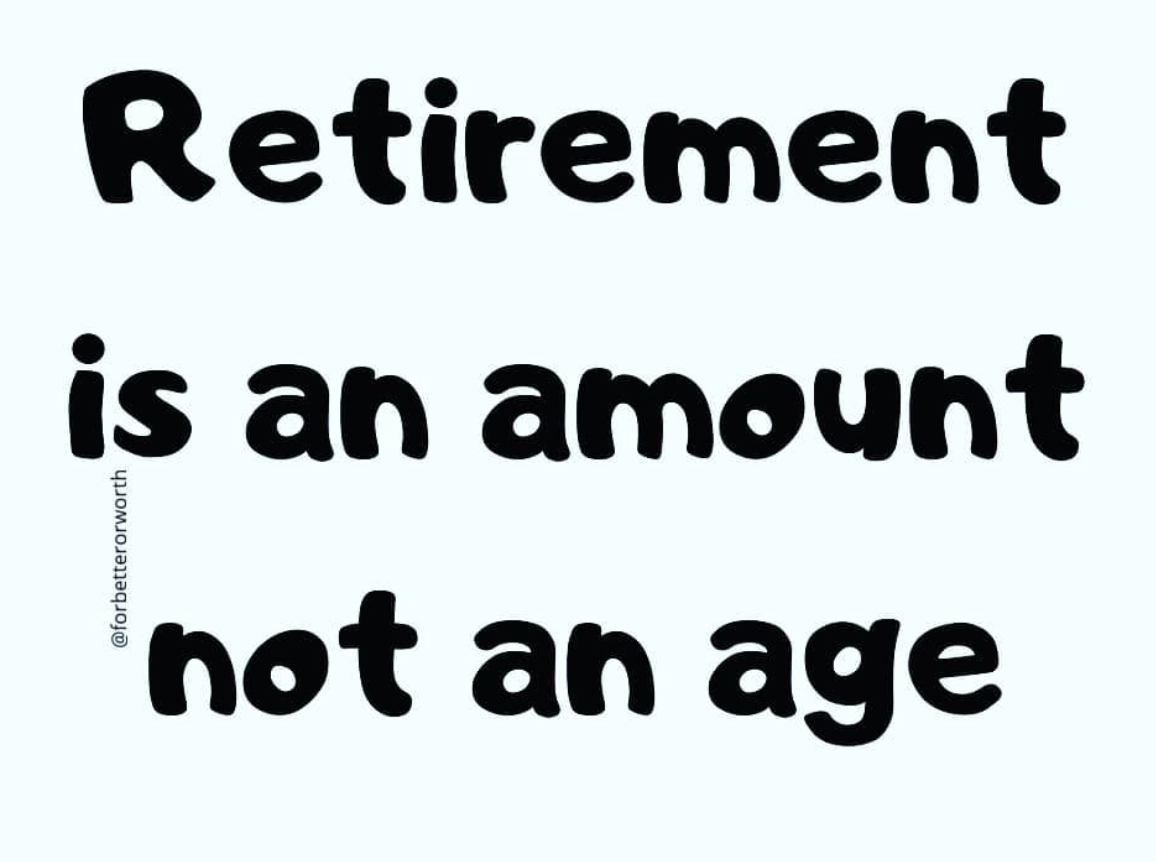 Source: ForBetterOrWorth on Instagram
Source: ForBetterOrWorth on Instagram
This is also when you start to realize how small changes can have a serious impact in your FIRE goals.
Let’s say you reduce monthly expenses by $ 500 per month – to only $ 4,500 instead of $ 5,000. That means your new FIRE number is only $ 1,620,000 at 4% withdrawal. By removing $ 500 a month from your expenses, you don’t have to save an extra $ 180,000! Also keep in mind that you don’t have to budget for putting money into savings, since you will have this covered already with FIRE.
This is why many people who chase FIRE aim for the lowest possible monthly expenses, so that FIRE is easier to hit. Take Brian Groat, for instance, who hit his FIRE number of $ 600,000. He only needed $ 2,000 a month for his personal Lean FIRE, which was a key reason he was able to hit it so young in life.
Many others choose $ 1,000,000 as the start of FIRE. Shen did this when she FIRE’d, and new FIRE chasers like Torres-Rodriguez picked the same number.
For C, the anonymous poster behind ForBetterOrWorth, $ 1 million is just the baseline.
“Right now, $ 1.5MM even though it’s up for debate,” he said. “Once we hit the $ 1MM it will definitely be a chance to level set and see if we need to readjust. It’s definitely going to be a million at least!”
At the end of the day, it’s really up to you.
Step 3: Choose your investment vehicles
Tax sheltered investment vehicles are favored by the rich and by FIRE chasers. It seems whenever a country offers tax-advantaged accounts, FIRE chasers use them.
Shen, Groat, and Alex Kinsella are all Canadian. As such, they used accounts like RRSP (registered retirement savings plans) and TFSAs (tax free savings accounts). Torres-Rodriguez and ForBetterOrWorth are American and use 401Ks and IRAs, the American equivalents.
Other accounts depend on your personal situation.
Kinsella and ForBetterOrWorth both have kids. As a result, Kinsella uses RESPs (registered education savings plans) because the Canadian government matches a lot of your deposits. ForBetterOrWorth uses a 529 plan, the American equivalent of an RESP.
Real estate, on the other hand, is a tense subject in the FIRE community. It can provide a lot of passive income when done but can also cost a lot to maintain. Torres-Rodriguez said she “will be adding real estate to my portfolio this year.” Groat, on the other hand, said he used to dabble in real estate but doesn’t anymore.
Step 4: Prepare for freelancer taxes
Freelancing is more complicated when it comes to taxes, but that provides a unique advantage. One big question to answer, though, is whether to operate as a sole proprietorship or incorporate. While the decision is personal, other freelance FIRE chasers suggest incorporation.
“You’ll get a mix of opinions, but I chose to incorporate right off the bat,” said Kinsella. “Keeping business and personal separate has helped me treat the two the way they need to be. Personal is where I spend time planning for FIRE. The business I treat like I work for someone else. It’s a source of income that I also happen to run.”
“It’s going to be different for everybody,” said Groat. “But you want to look at incorporating instead of being a sole proprietorship when it makes sense for you.”
The next thing is to plan for reducing taxes as much as possible – something that using tax-advantaged investment accounts already helps with.
“As a high income earner, I maximize tax savings by maxing out my workplace and solo 401Ks and HSA [Health Savings Account] to reduce my taxable income,” said Torres-Rodriguez.
While this extra planning can be a nuisance, Shen noted freelancers have a lot more flexibility in the end.
“You have the flexibility of ramping up your earnings and investing more money than an employee could,” said Shen. “You can also write off expenses, which enables you to optimize your taxes.”
Step 5: Track your expenses
Tracking expenses is not necessary, but actively encouraged for FIRE chasers. It’s not just the extra coffee that will derail your FIRE plans, but the fact that it’s easy to let spending get away from you if you don’t keep an eye on it.
As for tools, though, the answer is pretty simple: Excel wins across the board. As Shen put succinctly, “I love spreadsheets.”
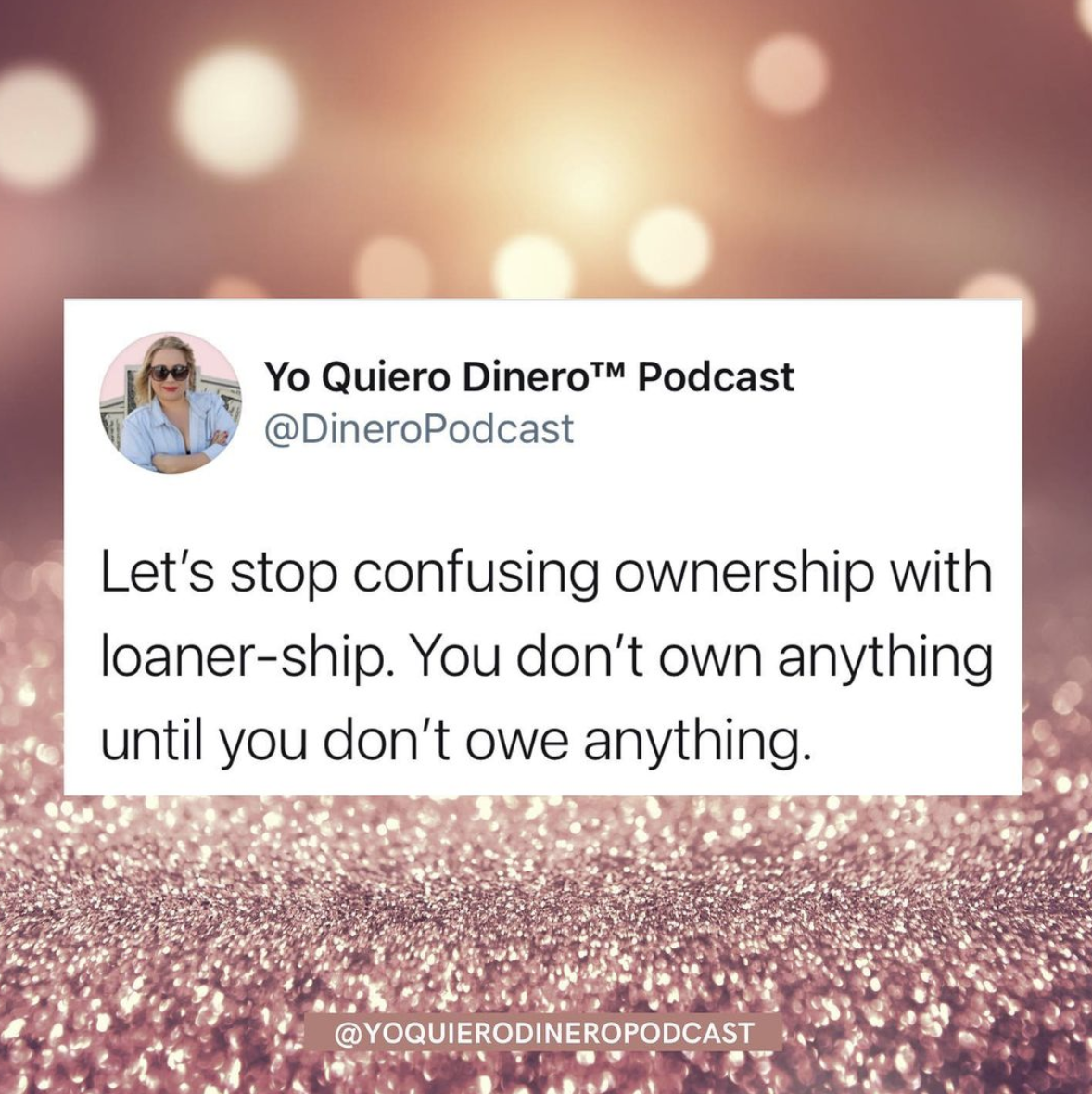
Source: Jannese Torres-Rodriguez on Instagram
For folks that don’t like Excel, Personal Capital and GnuCash were two tools mentioned by FIRE chasers as helpful for them.
Step 6: Plan for inconsistent income
As mentioned in the tax planning section, freelancers have inconsistent income – it’s a simple reality of freelancing.
For freelancers chasing FIRE, there are two risk mitigation strategies you can use:
Retainer versus growth: Try to find a client on retainer that pays enough to cover your living expenses. Everything else goes to FIRE.
Start an emergency fund: Give yourself 3-6 months of expenses sitting in cash (or a high interest savings account) so if the business goes south for a bit, you won’t have to stop your FIRE contributions.
Step 7: Avoid FIRE pitfalls specific to freelancers
When talking to the FIRE chasers, six key pitfalls came up that are unique to freelancers.
1 – Charge what you’re worth
“Not charging enough or not charging money soon enough,” said Groat, talking about the key pitfalls to avoid. “A lot of freelancers charge an hourly rate, whatever their salaried income was plus $ 5,” which he says is “disastrous.” He recommends your freelancing rate be double whatever an employee would earn for the same work.
2 – Have a contract
A solid freelance contract gets you out of a whole assortment of problems. It governs work scope, payment terms, deadlines, late fees, and more. Since it’s a legal document, it tends to keep clients more in line than a simple handshake agreement. And if you ever needed to go to court, you have the contract to back you up.
3 – Know difference between cash flow and wealth building
“As a freelancer, you want to focus on cash flow and wealth building as two different things,” said Groat.
Cash flow is the money coming in and going out of your business each month – salary plus other expenses. Wealth building is the money put aside to buy assets. Don’t mistake a good month revenue-wise as getting you closer to financial independence, retire early. The real key is investing as much of your money as possible.
4 – Ignore things and people that detract you from your goal
When you start pursuing FIRE, a lot of people will have a lot of opinions (especially Suze Orman, apparently). But you have to simply ignore and push through.
“People will second guess you and try to talk you out of it,” said ForBetterOrWorth. “But go for it and keep going. It takes time for your investments to compound, but once you start to see that – it’s GAME OVER!”
5 – Make sure you’re disciplined
It’s not just inconsistent income – freelancing is a bumpy ride. There are many things that could derail you or force a pivot. The key is to just be ready.
“That’s why you’ll have to be very disciplined in investing consistently, since you can’t just put in the same amount of money every two weeks like you would with a steady paycheck,” said Chen.
6 – You don’t need to stop freelancing post-FIRE
Freelancing is one of the most free jobs in the world – it’s literally in the name. So after hitting FIRE, don’t worry about needing to send a goodbye email to your clients.
“Just because you’re FI doesn’t mean you have to be RE,” said Groat.
Step 8: Chasing financial independence retire early doesn’t mean ignoring fun
There’s a misconception that FIRE chasers are paupers, scrooges, and otherwise very very cheap people. This is not true. While you can get to FIRE by scrimping every penny, the majority of FIRE chasers realize that FIRE is a marathon. Even the fastest journeys still take years for most people.
“I don’t know about you, but back when I was working towards FIRE, I had a lot of fun spending $ 5000-$ 10,000/year on travel with zero guilt,” said Shen. “It’s not about depravity it’s about optimization. Prioritizing your spending towards things that make you happy by cutting back on things like bank fees, portfolio management fees, and spending on things you care about.”
You can also work to make your fun free. As a freelancer, you have the freedom to buy something fun – like a boat – then rent it out part-time to cover the costs of ownership. You can also hack credit card points so your fun is paid for. When you do have fun and spend your own money, you can even turn it into a business opportunity.
“When we go out, we make it count,” said Kinsella. “We spend our money at local businesses because A) it’s the absolute right thing to do to support your neighbours and B) they’re great to include in your network to help with new introductions for your freelance services.”
The key is, like it is for most things, balance.
“We still traveled one or two times a year, but we didn’t shop, we didn’t eat out as much, etc,” said ForBetterOrWorth. “I think as long as you are real with yourself about what you want and what you can live without, you can find the right balance.”
Who wants to catch FIRE?
Financial independence is a dream for a lot of people. The financial independence retire early movement breaks it down into a simple-to-follow plan with a catchy name. But regardless of what you call it, the tenets are the same. Suze Orman and other personal finance gurus call it “financial freedom,” while others call it “being rich.” It really doesn’t matter. What matters is your goal, your money, and your freedom to choose the life that suits you. Everything else is just tactics.
Business & Finance Articles on Business 2 Community
(67)
